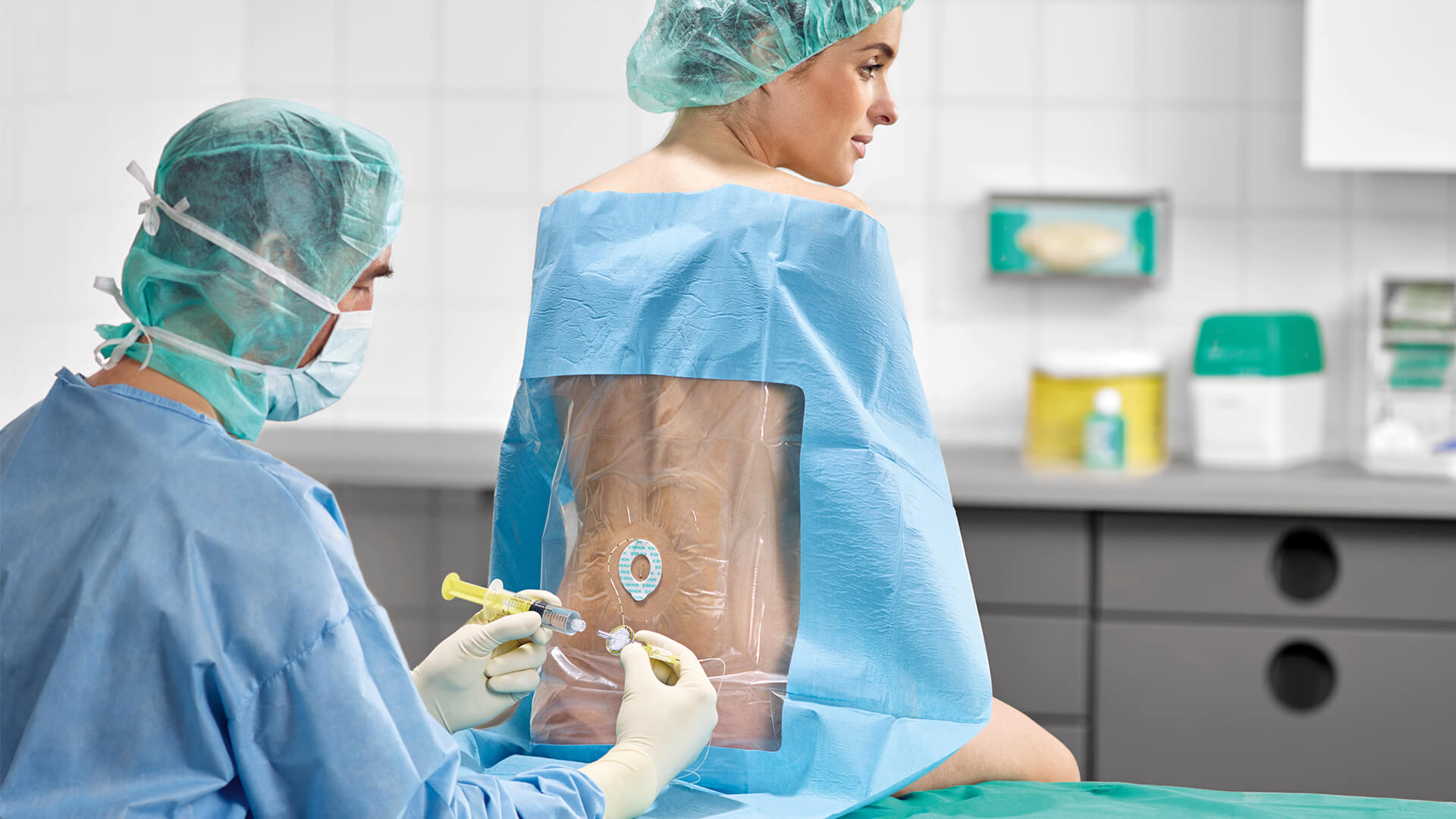You have successfully logged out.
Not registered yet?
How To Convert Hospital to NRFit® And Prevent Wrong Route Errors
How To Convert Hospital to NRFit® And Prevent Wrong Route Errors
B. Braun has been actively working with the various committees and organisations involved with this initiative in an effort to stay informed and help organisations transition to products with NRFit connectors. B. Braun offers comprehensive logistical and educational support throughout the entire implementation process.
Preventing adverse events due to wrong route drug administration
“It will never happen to me.”
“Never say “That won’t happen to me”. Life has a funny way of proving us wrong”
- Unknown
We often think “it will never happen to me” yet Australians will still spend an estimated $72.3 billion on general insurance in 2022 (https://www.ibisworld.com/au/market-size/general-insurance/). Insurance that protects us, to a degree, if the unimaginable happens. Adverse events due to wrong route drug administration are rare and unimaginable, but they can also be catastrophic.
One of the solutions hospitals can do to insure against this as much as possible is to take preventative measures to the next level by replacing medical connectors to the latest industry standard for neural connectors called NRFit. Doing so reduces the chances of sentinel events like misconnections between medical devices and tubing taking place.
Sentinel events are a subset of adverse patient safety events that are wholly preventable and result in serious harm to, or death of, a patient. When the Australian Commission on Safety and Quality in Health Care conducted a review of Australian sentinel events in 2017, the findings showed that 29% of all sentinel events were a result of tubing misconnections.
The International Organization for Standardization (ISO)
To reduce the risk of misconnections, the International Organization for Standardization (ISO) has developed standards for small-bore connectors called NRFit.
NRFit is 20% smaller in diameter and is yellow in colour where feasible, to aid in identification. In addition, it is compatible with a variety of neuraxial and regional anaesthesia medical devices and tubing sizes. In 2017, The Australian Commission on Safety and Quality in Health Care (the Commission) and the Australian and New Zealand College of Anaesthetics (ANZCA) published a joint statement recommending that medical devices incorporating small-bore connections be adopted in Australia as part of a global initiative to improve patient safety.
Converting a hospital to NRFit
B. Braun has been actively working with the various committees and organisations involved with this initiative in an effort to stay informed and help organisations transition to products with NRFit connectors. B. Braun offers comprehensive logistical and educational support throughout the entire implementation process, including B. Braun staff covering all clinical areas, stocking NRFit products into trolleys, hands-on training sessions, and awareness & training posters.
The process of converting a hospital to NRFit can be daunting, but with careful planning and execution, it can be relatively smooth. Here are a few tips on how to go about it:
1. Make a plan: As with any large-scale change, it is imperative to have a clear plan of action before proceeding. This should involve mapping out which areas of the hospital will be converted, and what type of NRFit connector will be used in each case. It is crucial to implement the changes by each department to stay organised and not miss out on important steps, such as filling trolleys with the right equipment and proper disposal of old equipment.
2. Train staff: Once the plan is in place, all staff members who will be affected by the conversion must be properly trained. The staff members should be aware of what NRFit is and its differences from the previous equipment they have used. It is also important for them to be aware of their new workstation and familiarise themselves with the specific trolleys/drawers used to store the different equipment.
3. Get support: Although converting to NRFit can be done smoothly, it is undeniably a large undertaking. Having external support can expedite this process by ensuring that it is done seamlessly. B. Braun provides hands-on support during the implementation process— from mapping out the entire process, stocking products, to providing training sessions for staff.
Moving to NRFit will help reduce the risk of life-threatening misconnections. Looking at the main causes of misconnection— which includes connectors looking alike, tangled connections (e.g. cords & tubes), insufficient lighting, and medical staff having a high workload that may result in having divided attention— it can be easy to assume that these are mainly caused by human error. However, human error is not the primary issue. Medical professionals work long hours and it is crucial for hospitals to create a conducive environment for them to work in, and to have devices with specific neuraxial connectors that help make their jobs more efficient and effective.
By transitioning to NRFit with B. Braun, hospitals can also take the opportunity to manage inventory by clearing out unwanted products from trolleys and rethink all safety procedures. NRFit is easily distinguishable, providing improved efficiency for medical professionals on the job. Converting to NRFit is a leap forward for safety in healthcare and should be considered by all hospitals looking to improve patient care.
Stay connected with My B. Braun
With your personalized account, your online experience will be easier, more comfortable and safe.
